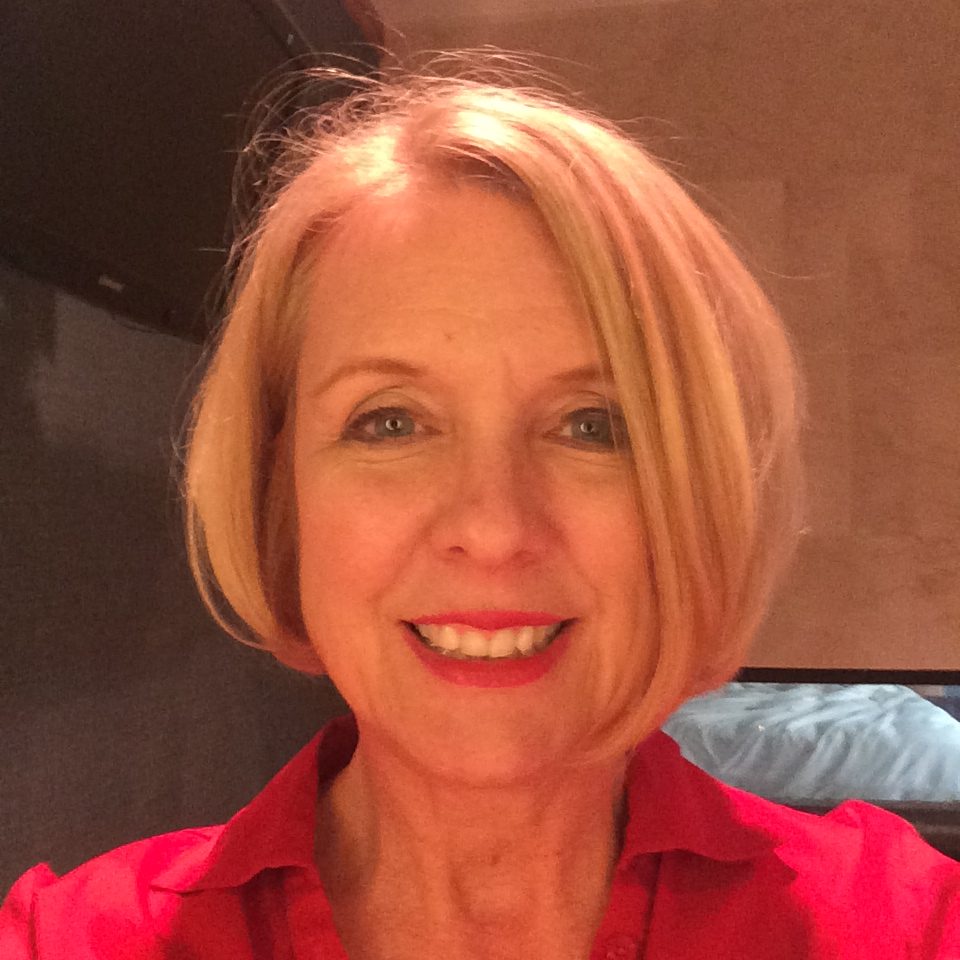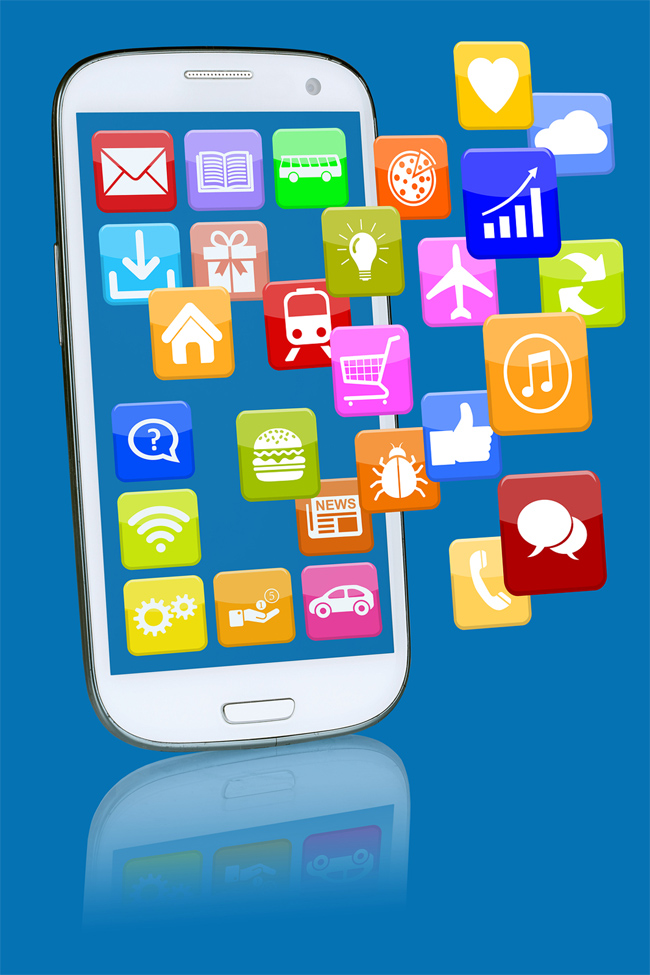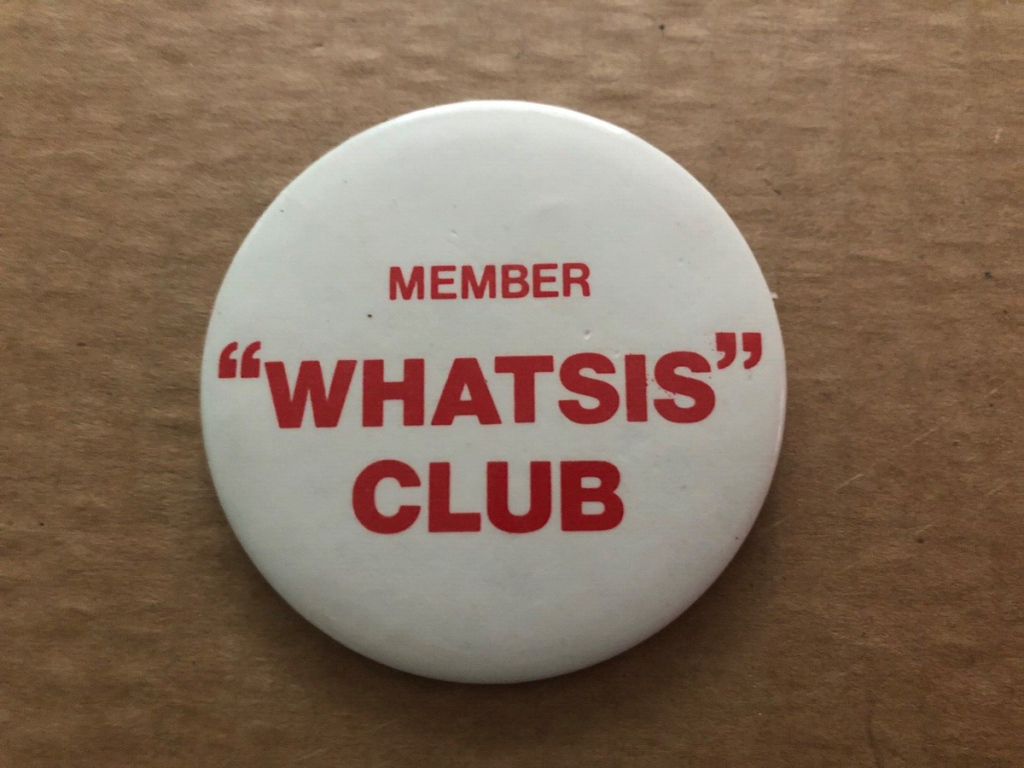John Brandt is still on good terms with his ex-mother-in-law—so good that he gave her an iPad for Christmas last year, along with a promise to provide tech support.
The learning curve turned out to be a bit steep. At 90, his ex-mother-in-law, a retired government agency director, is still sharp and not new to computers. But using apps presented new challenges.
“She kept saying, ‘I’m just so stupid, I can’t do this,’” he said.
Brandt realized that his mother-in-law hadn’t used a smartphone or a tablet before. Skills he’d acquired years ago—swiping and tapping to turn on the device, open, navigate and close apps—were all new to her.
“Those of us who got iPhones 12 or 14 years ago have already learned all the features and the gestures,” he said. “It was like she was learning a new language but with a physical component.”
After a few long sessions, she became confident with FaceTime, text messaging and Facebook. Now she uses her iPad regularly to stay in touch with family members who live out of town, including a granddaughter in Serbia.
As Brandt’s experience shows, apps have the potential to enhance an older adult’s quality of life. Apps like Messenger, Zoom and FaceTime provide social connections. Apps for ridesharing (like Uber or Lyft) or grocery delivery services boost independence. Health-related apps allow people to track vital signs, monitor progress, detect problems and possibly save trips to the doctor.
But many older adults aren’t taking advantage of them.
Apps to Sustain Independence
Apps offer significant potential for supporting older adults’ independence. Those who don’t drive can use the Lyft or Uber app to schedule rides to and from doctor appointments, concerts and events outside of the community. With banking apps and online payment apps like PayPal or Venmo, they can deposit checks, transfer money and pay bills without a trip to the bank. Apps like Simply Safe or Ring can check who’s at the front door or send alerts for package deliveries. Digital-assistant apps like Alexa or Echo can turn off lights in the house or set reminders to take medications.
Leticia Valdez, life enrichment manager at Presbyterian Village North, a retirement community in Dallas, has seen how older adults benefit from apps. She estimates more than 80 percent of residents use the community’s Cubigo app to sign up for activities, to check dining room menus and make reservations and to schedule maintenance in their apartments.
The residents have plenty of help—Valdez leads monthly training classes and provides one-on-one coaching. That experience has shown Valdez how older adults often face a steep learning curve. Just recently, a resident came in for tech help; when she informed him that he needed to download an app, he said, “What’s an app?”
“It was like I was speaking a foreign language,” she said.
A lot of [older people] are afraid that if they touch the wrong thing, they will break the phone
—Susan Lewis
Susan Lewis, 79, uses dozens of apps daily for everything from driving directions to games to ordering prescription refills. But many neighbors in her 55+ apartment complex do not use them at all. Some own smartphones but only use them for phone calls.
Even though she doesn’t consider herself all that tech savvy, Lewis has become the informal tech guru for her community.
“I’m not afraid of technology,” she said. “A lot of [older people] are afraid that if they touch the wrong thing, they will break the phone. They don’t know about the App Store, or where to look for apps or how to adjust their phone settings.”
Lewis’ favorite tip: turn to your computer and use Google. When she’s stumped herself, she can almost always find a tutorial video or an article with step-by-step instructions. YouTube offers short videos on how to download apps on an iPhone, iPad or Android device.
Apps to Support Health
Ed Sanders knows of at least one person who’s convinced an app saved his life. Sanders, a tech trainer for Microsoft, often volunteers at senior centers and retirement communities, helping older adults with their devices.
One older man told Sanders he’d had a stroke and, thanks to the Health app on his phone, first responders were able to access his medical information immediately, even though he was unconscious, saving precious minutes.
Sanders thinks using the Health app is a no-brainer for anyone, particularly those with chronic health conditions, yet relatively few older adults he meets know about it or how to enter their medical information.
The Health app is one of a rapidly growing number of apps designed to track an individual’s medical and health information that have significant potential to help older adults manage chronic conditions and save trips to the doctor. But experts see two issues: not all of these health apps are reliable, and relatively few older adults are using them.
App users should be aware that there are wide variations in the functionality, accuracy and safety of medical apps. Because most health apps don’t fit the FDA’s definition of medical devices, most are not subject to regulation. Many were created with little or no oversight from medical experts.
Researchers called on the FDA to rethink its hands-off stance when it comes to regulating apps.
Calling the digital health marketplace a “wild west,” studies show that developers “seldom involve health professionals or users in the design, development or deployment.” Patients and doctors “know very little about whether apps will work or how they might affect the cost and quality of care.”
In a 2021 study of 15 symptom checkers (apps where users enter their symptoms and obtain a list of possible diagnoses), most fared no better than an average layperson in diagnosing. Plus, the symptom checkers erred on the side of declaring an emergency, potentially sending users to ERs needlessly. Similarly, a study of apps that purport to “analyze” moles or other skin lesions for the presence of skin cancer showed they were not reliable.
And while they are fun, those so-called “brain game” apps offer such overstated claims that 96 scientists at Stanford University and other institutions issued a statement saying, “The scientific track record does not support the claims [that] … they actually help older adults boost their mental powers.”
Some medical experts are proposing policies to protect and better inform consumers. In 2021, an international team of researchers proposed a framework for evaluating digital health devices. While acknowledging the tremendous promise for apps to improve health and well-being, the team also called on the FDA to rethink its hands-off policy and encouraged health care providers to help steer patients toward “the small subset of effective and rigorously evaluated apps.”
For now, patients should beware: they should talk with their doctors before relying on an app, research the app online and read reviews and ratings.
The Challenges Apps Present
While apps may be unreliable when diagnosing health problems, they do have significant potential for helping older adults manage their health. The Abridge app, for example, records conversations at the doctor’s office, creating a transcript with definitions of medical terms that can be shared with caregivers. Medication apps like Pillboxie remind people to take their pills at specific times daily. SmartBP checks blood pressure with a monitor and smart watch. MyFitnessPal tracks calories and nutrients.
But according to a University of Michigan study, less than half of people aged 50 to 80 have ever used a health-related app. Only 28 percent of people with diabetes use them to track blood sugar. Further, the study noted that older adults who stand to benefit most from these apps—those in poor health and those with less access to health care—are even less likely to use them. To help boost usage, the researchers encouraged health providers to discuss the use of health apps with their patients.
Tapping and swiping can be difficult for those who have arthritis or poor hand-eye coordination.
Navigating apps on mobile devices involves skills that can be challenging, even for the computer-savvy, according to Ignacio Aranda, technology trainer for the Senior Source in Dallas.
“I notice that many of the older adults I work with tend to use web browsers instead of apps, even on their mobile devices, because that’s what they know from using a desktop or laptop,” Aranda said. But accessing [a website] via web browser usually means the connection is less secure and there’s less functionality. And some app-based services, like Lyft, aren’t available at all via web browsers. (There are some workarounds, however. A company called GoGoGrandparent lets riders call an Uber or Lyft via a toll-free phone number or website. Some senior centers will call rides for those who can’t access the app themselves.)
Downloading apps may involve accessing infrequently used passwords. After adding a new app, the user is typically bombarded with requests for permissions (such as location services or syncing with the user’s photo library), which can be daunting or confusing. Mobile devices need frequent updates; without them, apps won’t function properly.
Navigating mobile devices requires mastering a new “language” of swipes and taps that differ from the tools on laptop or desktop devices. That’s doubly difficult for adults with mild cognitive impairment, and tapping and swiping can be challenging for adults with arthritis or other conditions that affect hand-eye coordination. (Sanders advises older adults to obtain a stylus for easier, more precise tapping and swiping.)
Bridging the Gap
Efforts are underway to address some of these challenges. Aranda teaches a curriculum developed by Senior Planet, part of Older Adults Technology Services (OATS) from AARP, a digital literacy program that runs technology training centers in six cities in the United States. Older adults can take online and in-person courses or call the Senior Planet Tech Hotline (920-666-1959) for tech help.
The pandemic pushed many older adults to hone their tech skills. An AARP study found a sharp increase in older adults purchasing and using technology during the pandemic.
Valdez noticed that many residents in her community started using apps to order groceries for delivery and Zoom or Facetime to connect with friends and family during the pandemic. Having discovered those apps out of necessity, she said, many still use them for convenience.
Susan deLarios, 75, a resident of Presbyterian Village North, opens Cubigo multiple times daily to sign up for activities, look up residents’ names, check the dining room menu and schedule meals. She uses MyBSWHealth, a proprietary app for her health care provider, to make appointments, check test results and track medications and other records. She uses Audible to listen to audio books, Lyft to schedule rides, Amazon to order merchandise, Facebook to keep up with friends, and her bank’s app to manage her checking account. If she wants to adjust her hearing aids, there’s an app for that too. Apps have made her iPhone the nerve center of deLarios’ daily life.
“I don’t know what I’d do without it,” she said.

Freelance writer Mary Jacobs lives in Plano, TX, and covers health and fitness, spirituality, and issues relating to older adults. She writes for the Dallas Morning News, the Senior Voice, Religion News Service and other publications; her work has been honored by the Religion Communicators Council, the Associated Church Press and the American Association of Orthopaedic Surgeons. Visit www.MaryJacobs.com for more.



